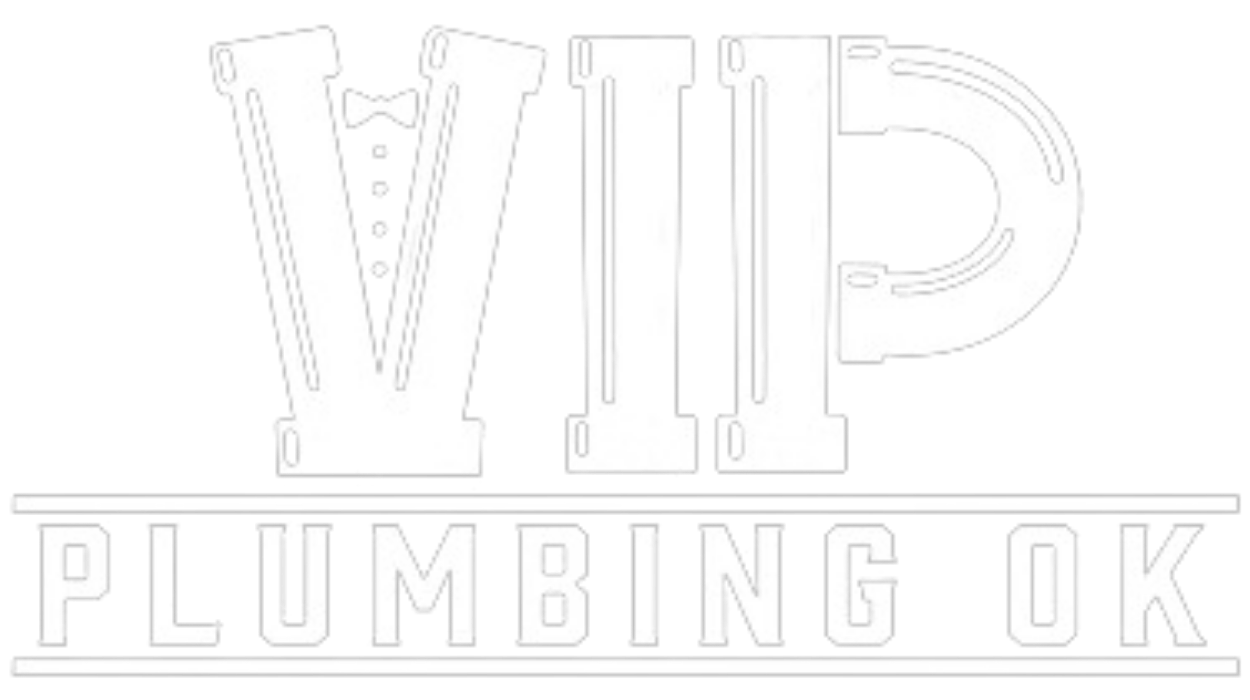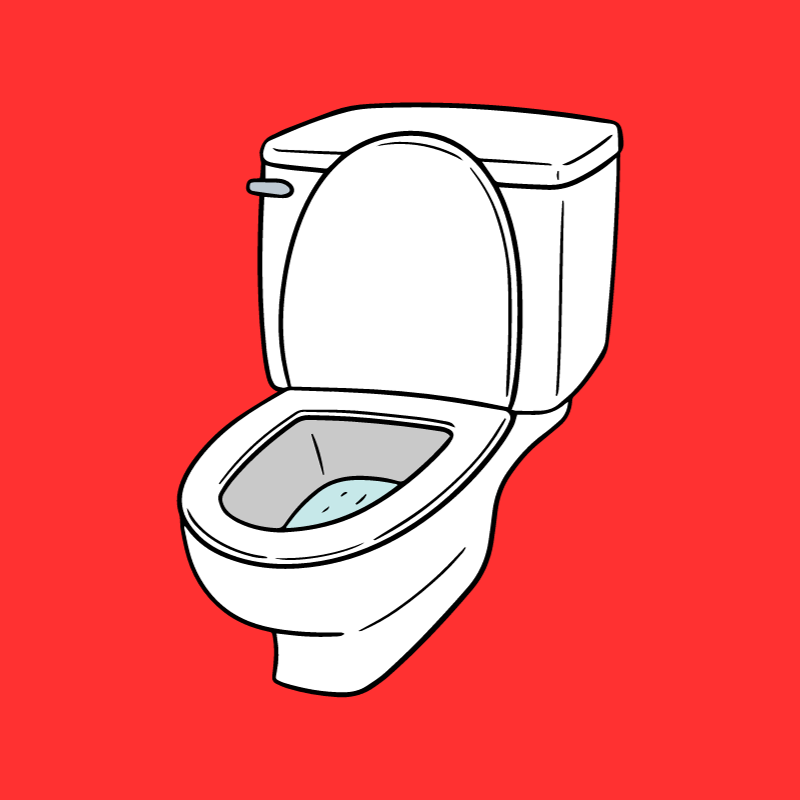Flush toilets have come a long way since their introduction in 1596 and remain an essential part of a home or business plumbing system. The average person uses the toilet 5 times per day and its functionality ensures our homes and workplaces remain sanitary and comfortable.
In this article, we will discuss the basic components of a toilet and learn the purpose of each part. We will examine 5 popular types of toilets and some of the problems that can plague them.
Toilet Components and How They Work
Although toilets come in various types and styles the basic mechanism is similar in each model. Here we will look at the exterior components and the interior flush mechanisms needed to complete a flush cycle.
Exterior Toilet Components
The exterior components of a standard two-piece toilet consist of three parts.
Toilet tank: This is the section of the toilet that sits on top of the toilet bowl. It is a storage tank for the water needed to rinse the toilet bowl. The tank also houses the internal components required for flushing.
Toilet Bowl: The toilet bowl is the section of toilet under the storage tank that sits on the bathroom floor. The bowl accepts human waste and contains it until it is flushed into the drainage system and out to the sewer or septic tank.
Toilet Seat: The toilet seat is attached to the toilet bowl and provides a comfortable spot to sit while using the toilet. These can come in a variety of shapes, sizes, and decorative finishes and provide other comfort-seeking features such as heat or massage.
Internal Toilet Components
Flush Lever: The flush lever consists of two parts: the visible handle usually located on the upper side of the toilet tank and the stem. The flush lever is sometimes referred to as the trip lever and, when activated, signals the flush valve to open to release the water stored in the tank into the bowl.
Flush Valve: The flush valve is mounted over the opening that leads to the drain and is also composed of two parts: the overflow tube and the flapper.
The overflow tube allows excess water in the tank to exit and flow into the bowl protecting the toilet from overflowing. It also has the job of refilling the bowl following a flush.
The flapper is a rubber mechanism that sits over the drain hole creating a watertight seal. The flapper is usually attached to the flush lever by an adjustable metal chain.
Fill Valve: Using an adjustable float arm, the fill valve is responsible for two different operations. First, It lets water in from the water supply line as it controls the amount of water that is refreshed in the tank following flushing.
Tank-Bowl Connector: Two-piece toilets require these items in order to attach the toilet storage tank to the toilet bowl. This is not required for one-piece toilets as the tank and bowl are one solid piece. The connector consists of a gasket, bolts, washers, and nuts.
Other Necessary Toilet Parts
Wax Ring: The wax ring sits under the toilet bowl between the bowl and the toilet flange. This wax creates an airtight and watertight seal to keep sewer gasses from entering the bathroom while keeping water from leaking out of the bowl onto the floor.
Closet Bolts: There are two closet bolts located on either side at the base of the bowl that are hidden by two closet bolt caps for aesthetic reasons.
Toilet Stop or Valve: This valve controls the flow of water going to the toilet. It can be turned to the OFF position when repairs are needed but otherwise remains in the On position for normal use.
If the stop valve is attached to a water supply line coming from the wall behind the toilet it is referred to as an Angle Stop.
If the stop valve is attached to a water supply line coming out of the floor next to the toilet it is called a Straight Stop.
Supply Hose: This is typically a flexible hose that connects the water supply line to the toilet. For aesthetic reasons, rigid piping may be used instead of the flexible hose.
5 Toilet Types
Did you know that there are different types of toilets available in the market? Let’s explore each toilet type in more detail below…
1. Gravity-Flush Toilets
Gravity-flush toilets are the most common type of toilet in use in the US. These are also referred to as siphonic toilets. When the flush mechanism is engaged, water drops from the higher-positioned tank into the bowl below rinsing the contents of the bowl out through the trapway. The operation of these toilets relies solely on the force of gravity.
2. Dual-Flush Toilets
Dual-flush toilets also operate on gravity but they differ from gravity-flush toilets because they have two flushing options. A weaker flush using less water is recommended for the removal of liquid-only waste whereas the second option is reserved for solid waste. The second option uses a pressure-assisted system to help clear the bowl.
Dual-flush toilets are good for the environment since they require less water which is a plus for those interested in saving our precious resource.
3. Low Flow Toilets
Dual-flush toilets are one example of a low-flow toilet but there are also single-flush models available. Considering toilet flushing accounts for approximately 30% of residential water usage, reducing the amount of water required is a real advantage.
Normal water requirements to flush a standard toilet are 1.6 as opposed to 1.28 gallons for a single flush toilet. Government guidelines specify that to qualify for low-flow status the toilet cannot use more than 1.6 gallons of water per flush.
4. Pressure-Assisted Toilets
Pressure-assisted toilets are real water savers using a mere gallon of water. They differ from gravity toilets in that they contain a sealed pressure tank that contains air and water. The vessel traps air and as water enters, it compresses it and uses this force to push the waste out of the bowl at a very high flow rate.
5. Up-Flush Toilets
An Up-flush toilet is not new but it is enjoying popularity as the costs for installing an additional bathroom, especially on a lower level such as a basement, skyrocket.
Up-flush toilets push the waste and wastewater back toward the wall into a macerator. This apparatus pulverizes the waste and pumps the processed waste into a PVC pipe which connects the toilet to the home’s main stack to be discharged into the sewer line or septic tank.
These toilets are ideal for bathroom access when plumbing pipes are not available. They are also ideal for the elderly who may have mobility issues. They can stay in their homes and place a toilet in a more convenient location.
Common Toilet Issues
Gravity-flush toilets are prone to wear and tear of their components leaving the toilet to run which wastes substantial water. The most common toilet problems are:
-Lift chain tangles or breaks
-Flapper wears and becomes uneven allowing water to leak into the bowl
-Refill tube malfunctions keeping the tank from refilling
-The fill valve is not adjusted properly so the water level prevents a proper flush
-Common toilet clogs
Dual-flush toilets suffer from similar issues but clogging is more frequently an issue, especially with older plumbing that needs force to empty the bowl. It is not easy to identify which of the two flush buttons offers more pressure so lesser water flushes often do not work. This requires the user to flush more than one time defeating the water-saving feature of this toilet type.
These same issues are present with all low-flow toilets and increase the chance of toilet clogging as well as backups. Not only is this increased clogging an issue within the home it can also create major disturbances within the public sewer system.
Most sewer systems have been in operation for years. These systems were built for larger amounts of water than the water supplied by low-flow toilets. This is causing solid waste material to sit inside sewer lines creating major clogs and terrible smells in the homes attached to these sewer lines.
A common problem with pressure-assisted toilets results from low pressure causing too little ‘ooph’ to clean the bowl. This lack of pressure can come from clogged water intake screens within the toilet or from general low pressure throughout the home or business. Regardless of why there’s low pressure the same unsanitary results will be seen.
Up-flush toilets have their own unique issues. The macerator can become stuck when debris blocks the mechanism or gets lodged in the discharge pipe. There can also be issues with loud noise as these toilets make a loud sound while in operation.
Conclusion
A well-working toilet is important and learning about the components that make up this plumbing fixture can help troubleshoot minor issues before they become plumbing emergencies. We have looked at the varying types of toilets available and have examined some of the issues that could hinder their operation. There is a world of options to meet everyone’s needs so take the time to investigate. Don’t ‘waste’ your time but instead, find the toilet that best works for you!
Contact our team today to learn more about toilet installations, toilet parts, and toilet repair in Oklahoma!

